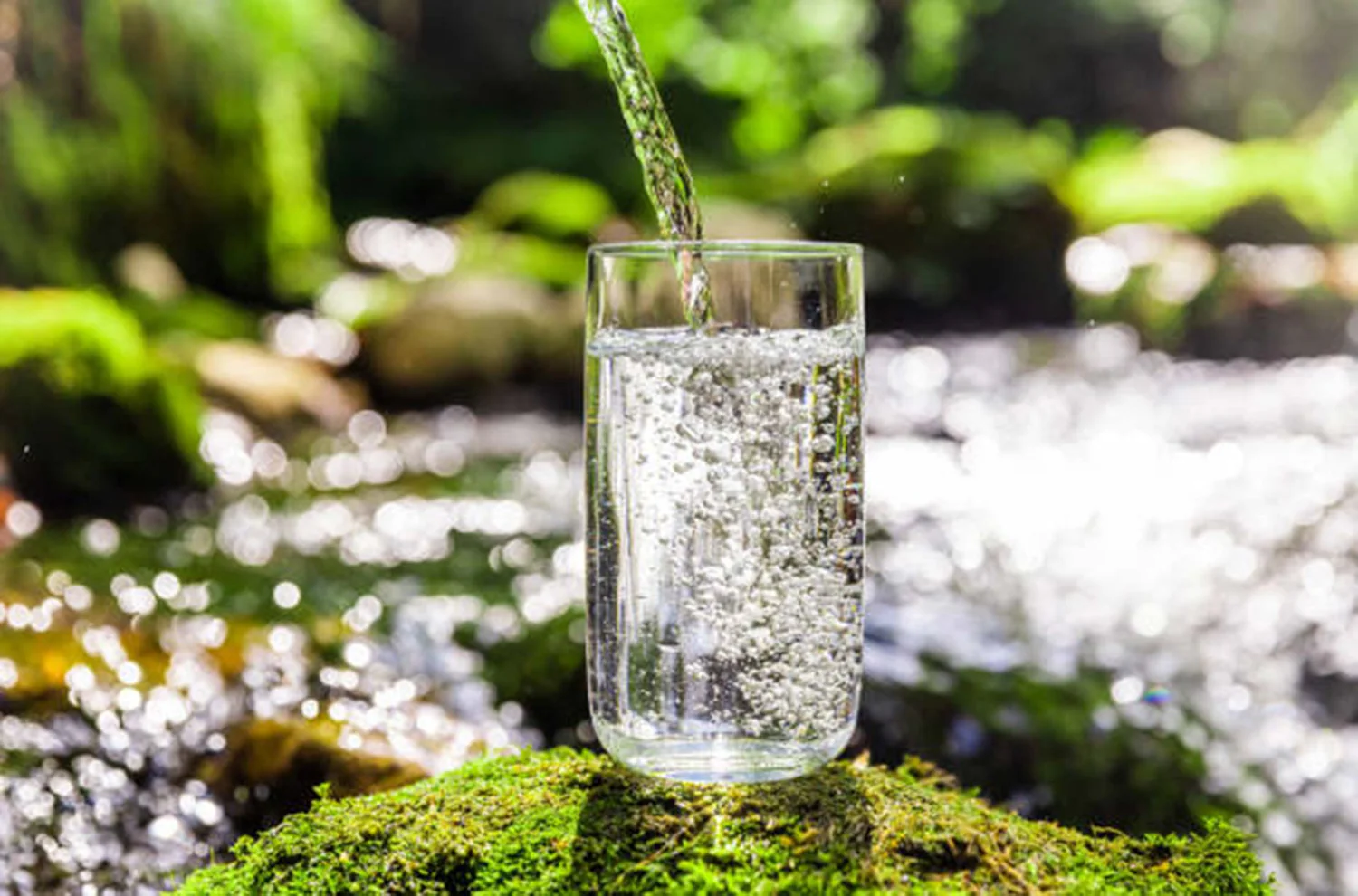EPA Method 525 Semi-Volatile Organic Testing in Water
The EPA Method 525 is a critical tool within the power and utilities testing sector, designed for the analysis of semi-volatile organic compounds (SVOCs) in water. SVOCs are a subset of volatile organic compounds that have low vapor pressures, meaning they do not readily evaporate into the atmosphere but can be present in water supplies.
This method is pivotal for ensuring the safety and quality of drinking water. Drinking water contaminated with SVOCs can pose significant health risks, including potential carcinogenic effects and other harmful impacts on human health. Compliance with EPA Method 525 is mandatory for utilities that provide public drinking water systems.
The testing process involves several stages: sample collection, extraction, cleanup, and analysis using gas chromatography coupled with mass spectrometry (GC-MS). The method is designed to ensure high sensitivity and specificity in detecting trace levels of SVOCs. This ensures that even minute amounts of contaminants are identified, which can be crucial for maintaining water quality standards.
The EPA Method 525 specifies detailed procedures to minimize matrix effects during the extraction process. The use of solid-phase microextraction (SPME) or liquid-liquid extraction is recommended depending on the SVOCs being analyzed. After extraction, cleanup steps are essential to remove interfering compounds that could affect the analysis.
The analytical part of the method involves GC-MS which provides a high degree of selectivity and sensitivity. This ensures accurate quantification of each SVOC present in the sample. The method is validated against international standards such as ISO 18306, ASTM D6795, and EN 14253 to ensure consistent results across different laboratories.
The utility sector relies heavily on EPA Method 525 for regular monitoring of water quality. Compliance with this method is not only a legal requirement but also a critical measure in safeguarding public health. By adhering to these standards, utilities can ensure that their water supplies meet the highest safety and quality standards.
Scope and Methodology
| Stage | Description |
|---|---|
| Sample Collection | The method specifies the use of appropriate containers to collect water samples. Samples should be stored under specific conditions, such as refrigeration, to prevent degradation. |
| Extraction and Cleanup | Solid-phase microextraction (SPME) is used for direct sampling from liquid matrices or liquid-liquid extraction for more complex samples. The cleanup involves the use of activated carbon or other sorbent materials to remove interfering substances. |
| Analysis | The extracted compounds are analyzed using GC-MS, providing precise identification and quantification of SVOCs present in water samples. |
The method is designed to be robust against common interferences such as salts and other organic compounds. The use of specific reagents and strict procedural controls ensures that the results are reliable and reproducible.
Industry Applications
EPA Method 525 is used in public water systems to ensure compliance with drinking water standards set by regulatory bodies like the EPA and WHO.
This method is also critical for wastewater treatment plants that need to monitor the removal of SVOCs during treatment processes.
The utility sector, which includes both private and municipal utilities, relies heavily on this method to ensure public health and safety. Drinking water quality must be continuously monitored to prevent contamination from industrial runoff or other sources.
Competitive Advantage and Market Impact
The ability to accurately detect SVOCs in water provides a significant competitive advantage for utilities, as it ensures that their products meet the highest safety standards.
Compliance with EPA Method 525 enhances market confidence among consumers and regulatory bodies, leading to increased trust and loyalty.
The market impact of accurate SVOC testing is substantial. It not only ensures public health but also supports environmental protection efforts by identifying sources of contamination early in the water cycle.
By using this method, utilities can stay ahead of potential regulatory changes and ensure they are always meeting or exceeding standards set by governing bodies.





